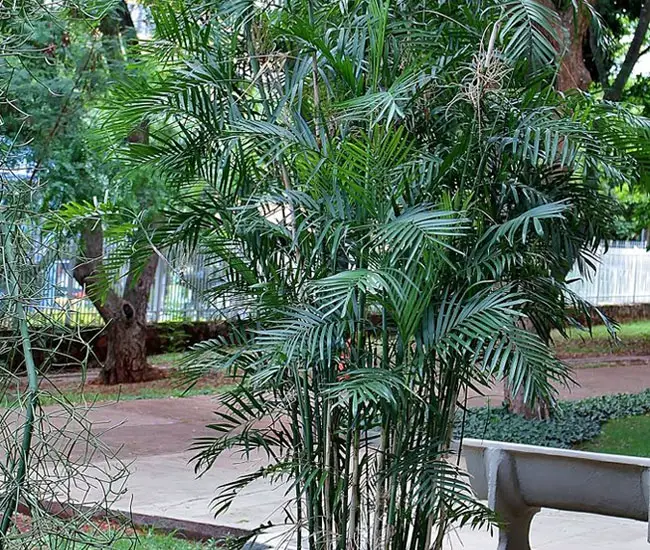
The Bamboo Palm, scientifically known as Chamaedorea seifrizii, is a popular indoor palm plant appreciated for its elegant appearance and air-purifying qualities.
It typically reaches a height of 4 to 7 feet when grown indoors, making it an excellent choice for homes and offices. They are native to Mexico and Central America and are well adapted to indoor environments.
The Bamboo Palm is a non-toxic plant, making it safe for households with pets. With their attractive appearance and air-purifying properties, Bamboo Palms have become a popular choice for indoor greenery enthusiasts.
Quick Facts:
| Scientific name: | Chamaedorea seifrizii |
| Common names: | Bamboo Palm, Reed Palm, Clustered Parlor Palm, and Cane Palm. |
| Origin: | Native to Mexico and Central America. |
| Growth Rate: | Moderate |
| Cold Tolerance: | USDA Zones 10b (35 – 40F) to 11 (above 40F) |
| Light Req: | Shade to partial shade. |
| Water Req: | Moderate. |
| Soil Req: | Widely adaptable |
| Fruit: | Yellow. Not edible and can cause allergic reaction |
| Propagation: | Seed, germinating over 6 months |
Bamboo Palm Appearance
Chamaedorea seifrizii, known as the Bamboo Palm, is a multi-trunk palm that grows in clusters without forming a crownshaft, typically clumping together to create shrub-like specimens. It exhibits a moderate growth rate and can reach heights of 8-12 feet and widths of 6-8 feet.
The palm’s slender, long stems reach 8-10 feet in height, featuring approximately 10-15 fronds. These stems bear scars and have a cane-like appearance. Each frond consists of about 10-12 dark green, narrow, feather-like leaflets.
Bamboo Palm Flowers and Fruits
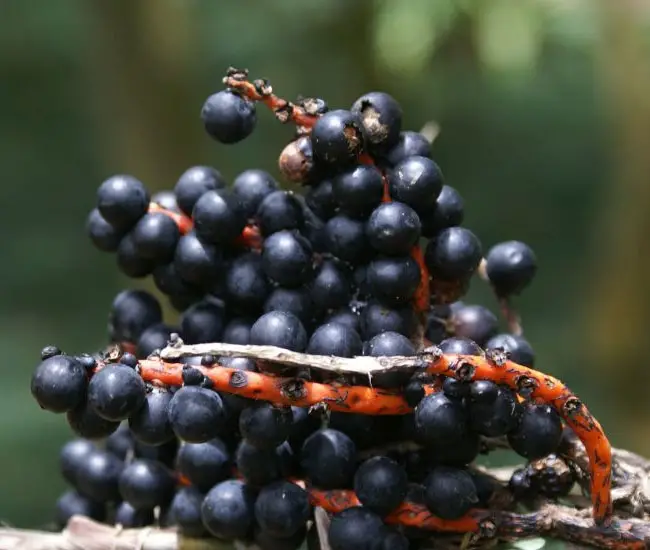
When exposed to more light, the Bamboo Palm produces beautiful yellow flowers during the summer months, which emerge from the lower leaves. This plant is dioecious, with male and female flowers growing on separate plants.
Following the flowers, it produces pea-sized red berries that turn black when fully ripe. However, it’s essential to note that these attractive berries are not edible and can cause allergic reactions.
How to Care For Bamboo Palm
The Bamboo Palm is hardy and can withstand cold temperatures down to 35°F. It thrives in USDA Zones 10b to 11 (where temperatures remain above 40°F).
This palm prefers shade but can adapt to partial shade conditions. It does not require heavy watering and, like most palm trees, prefers well-drained soil.
In general, the Bamboo Palm is low-maintenance and can retain its gorgeous tropical appearance with ease. It is advisable to apply high-quality palm fertilizer with a continuous-release formula twice a year during the growing season.
Propagation of the Bamboo Palm is typically done through seeds, which can take around six months or more to germinate.
Bamboo Palm Insects and Diseases
A common pest issue for this plant is spider mites, which can occur indoors in dry environments. If you notice spider mites, try misting the plant twice a day with a soapy water mixture.
If this proves ineffective, visit your local plant or hardware store and seek a professional-grade pest remover. Less commonly, the plant may be susceptible to scale, mealybugs, or root rot.
Bamboo Palm Pictures
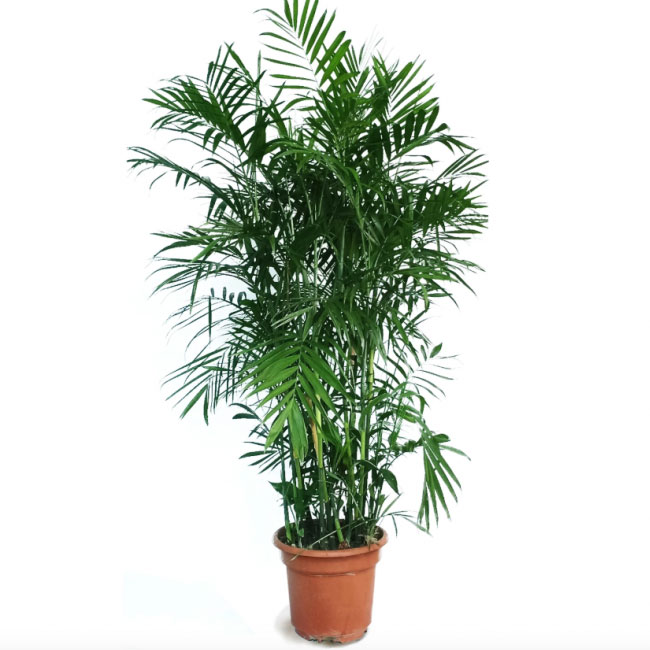
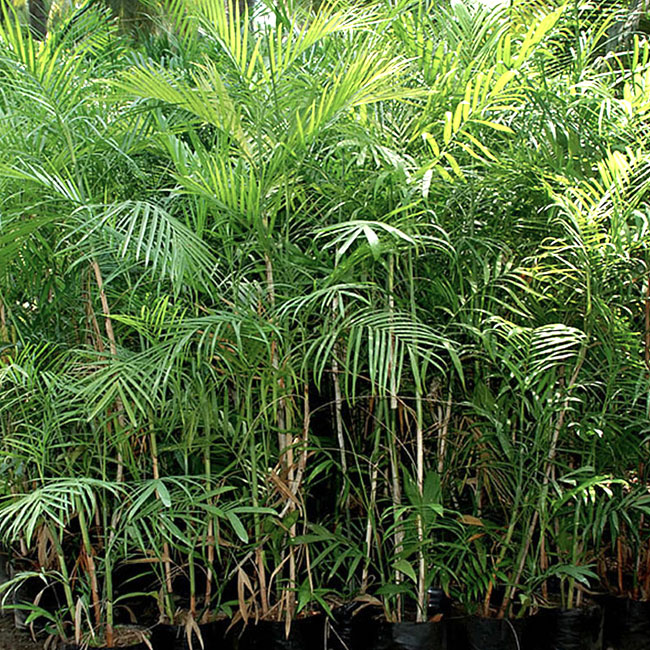
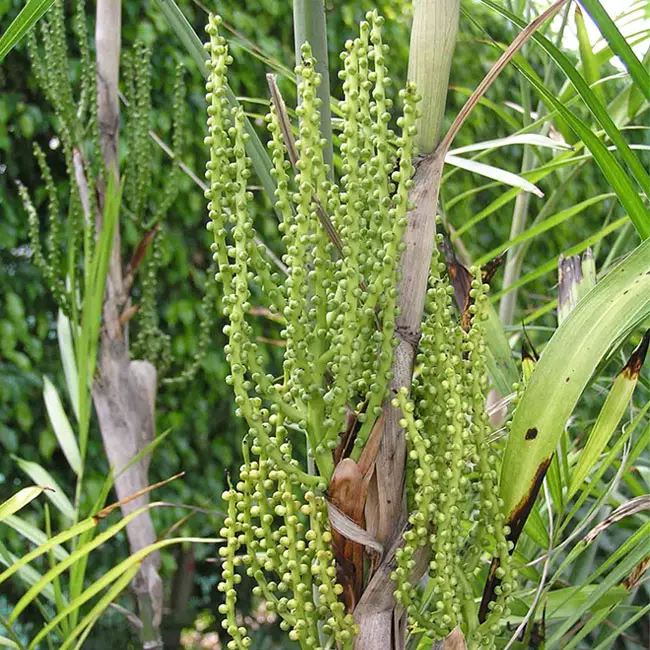
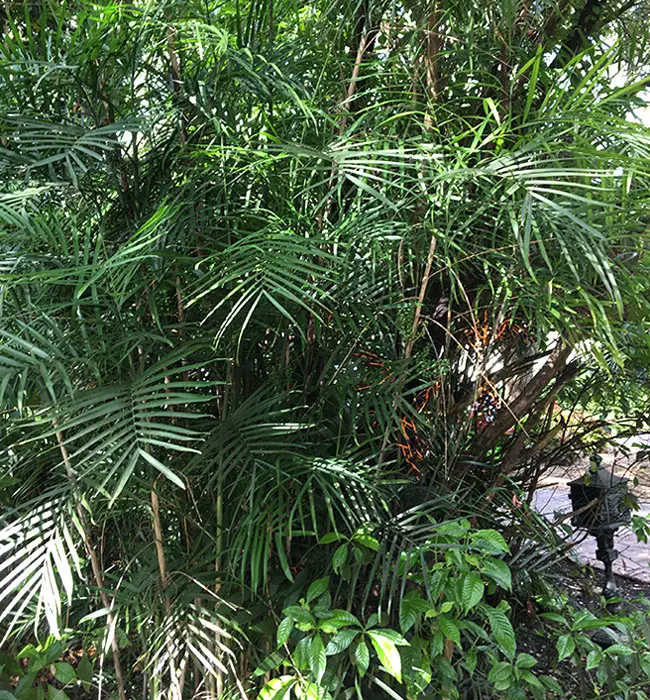
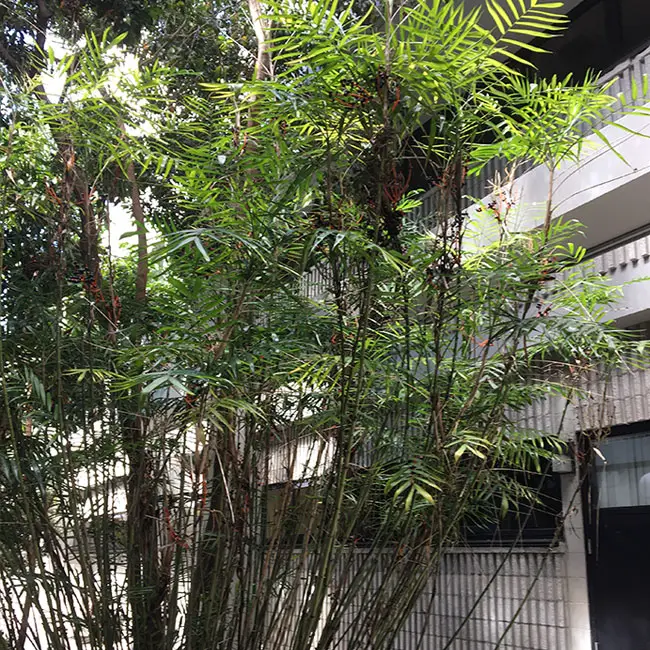
More information can be found on EDIS and Floridata sites.

Hi. Have these bamboo palms been sprayed with pesticides? It is for my bedroom and iam concerned od exposure